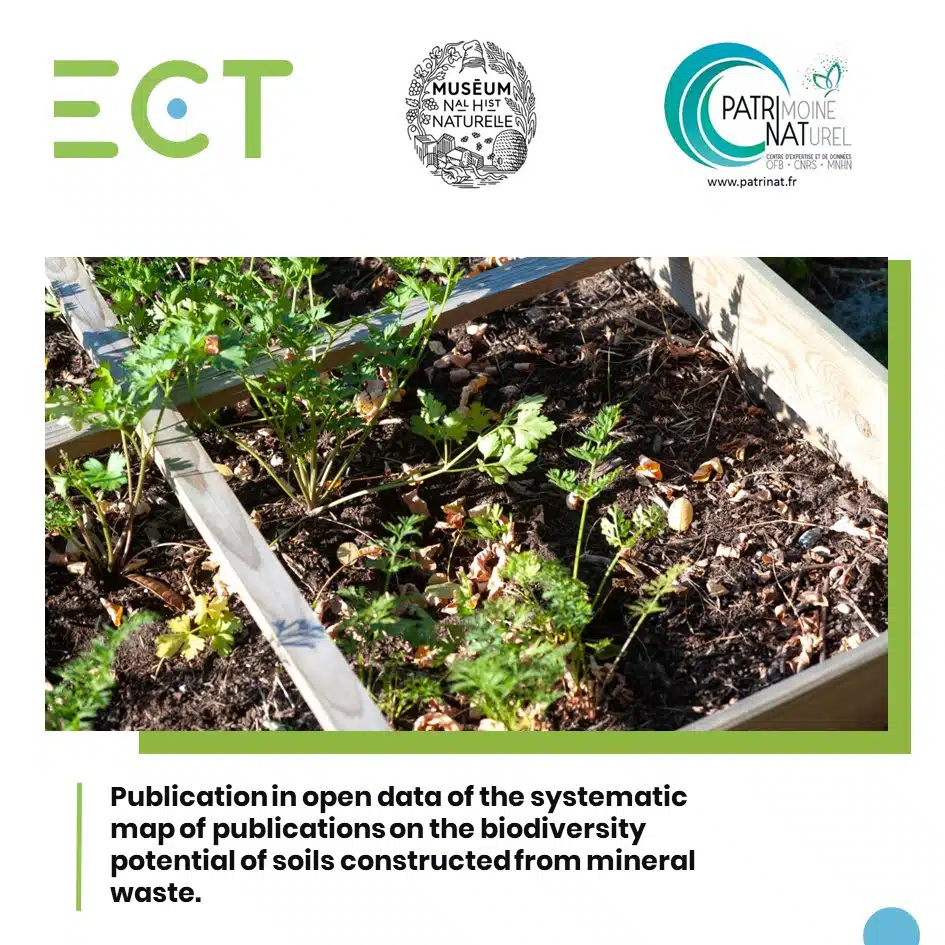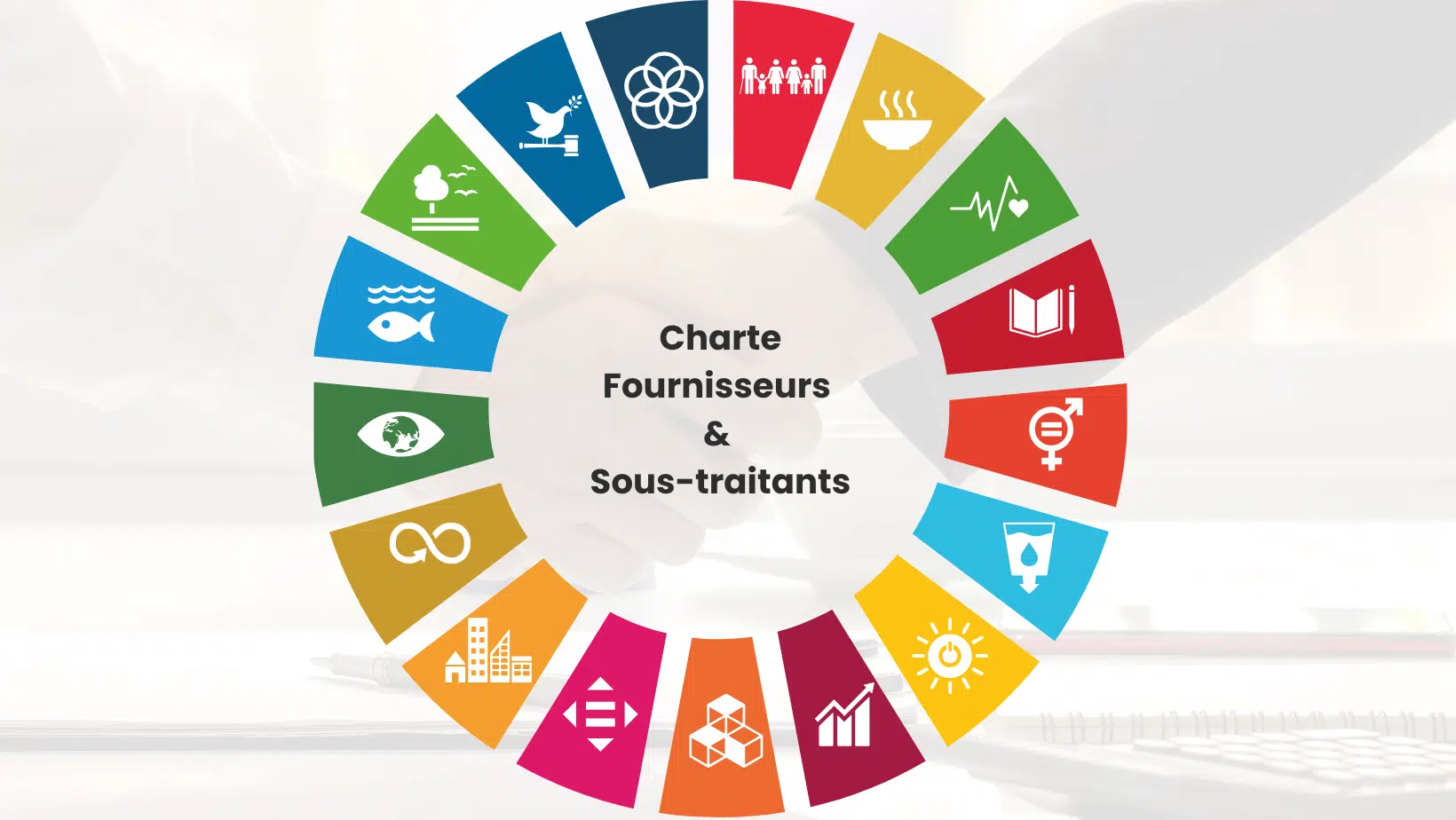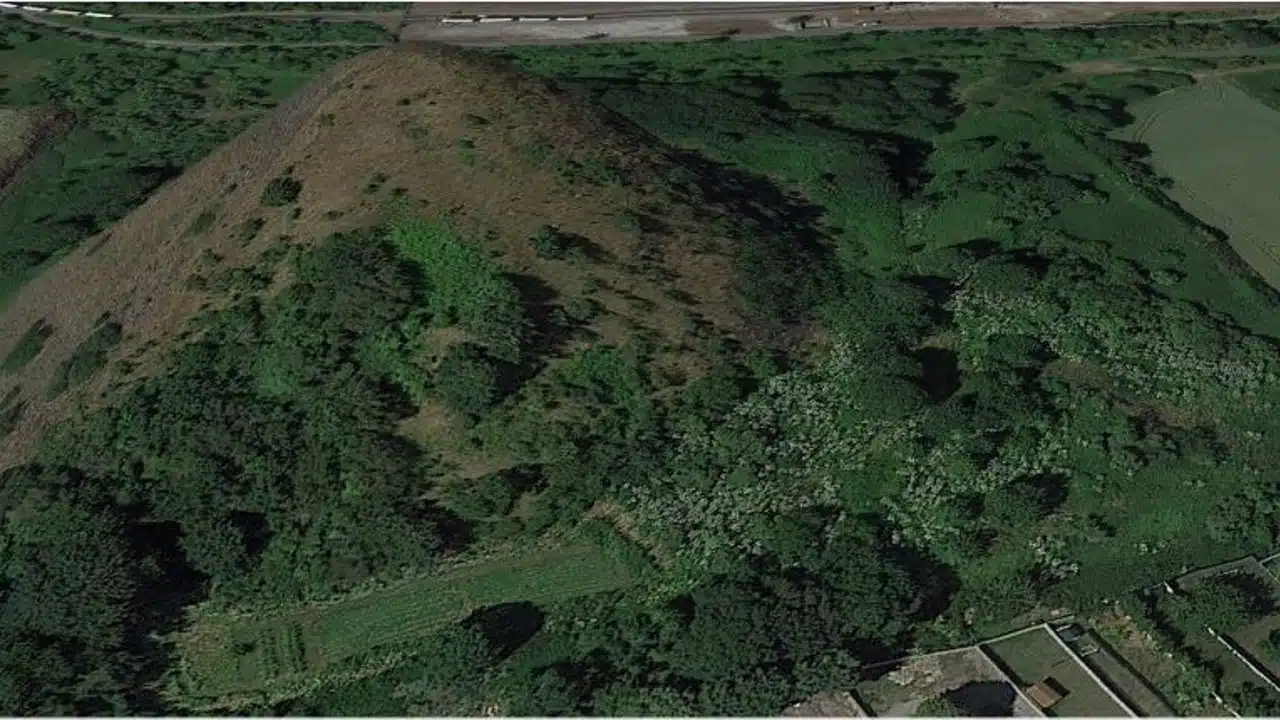A wealth of scientific literature on built-up soils
This systematic map is now available in open-data format on Collaboration for Environmental Evidence. Its purpose is to survey the abundant scientific literature on the biodiversity potential of soils constructed from mineral waste.
This card is the result of ECT’s sponsorship of the Muséum National d’Histoire Naturelle and PatriNat. The aim is to provide a better understanding of the numerous studies carried out on the subject. By listing and facilitating access to the scientific literature on a given subject, the systematic map is a dynamic tool that opens the way to new research.
In this case, the systematic map provides a better understanding of research and experimentation in recycling inert materials to support biodiversity. Research and experimentation on reworked soils have important implications for the restoration of degraded ecosystems and the development of a “brown network” linked to the Green and Blue Network (TVB).
This systematic map provides an overview of the state of the art in French on the subject of reworked soils .
The following people were involved in this research:
- For PatriNat: Dakis-Yaoba Ouedraogo, Alix Lafitte, Romain Sordello, and Yorick Reyjol
- For IRD : Thomas Lerch, Irina Mikajlo, José Hilario Rocha Araujo
- For ECT: Florie Pozzi
Fertile substrate, a major challenge for ECT
Soils constructed from inert materials are at the heart of ECT’s thinking, and the company produces fertile substrate directly for the planting of its sites. This 100% recycled product is produced in situ by ECT from inert soil and green waste compost.
ECT is also involved with the Ecole du Breuil de la Ville de Paris and Les Alchimistes in an experiment on fertile substrate for market gardening, now in its third season.



